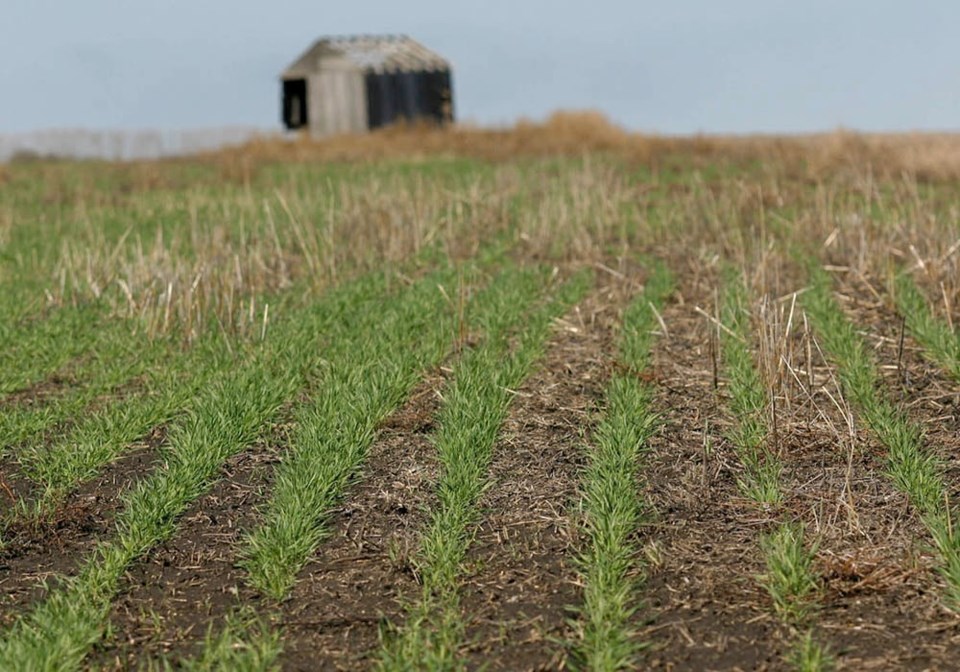SASKATOON — The European Union’s winter wheat crop is off to a less than ideal start, according to analysts.
Planting in France, which is the largest producer of the crop, has been delayed by excessive moisture.
The French ministry of agriculture is forecasting a five percent drop in seeded area in that country, according to Annachiara Saguatti, analyst with Arete, an Italian agri-food intelligence company.
“They suggest that, as a result of the delay, the ideal planting window is long closed and a shift to spring and summer crops might occur,” she said in an email.
The impact of Europe’s wet autumn is also being felt in Belgium, the Netherlands, Luxembourg, northern Germany, Denmark, western Poland and Slovenia.
Winter wheat planting in the European Union was probably going to be on par with last year and in line with the five-year average had it not been for excessive rain.
Wheat is a safe choice for growers in this bear market because it is better than competing crops at withstanding drought, a weather phenomenon that is becoming more frequent during Europe’s summers.
Drought doesn’t appear to be a big concern to start off the year. DTN reports that the major grain-producing areas of Europe received 200 to 400 percent of normal rainfall for the 30-day period ending Dec. 6, except for the far south.
The excessive rainfall was courtesy of cyclone Cieran, which ravaged the continent in late October and early November. Some parts of France received record rainfall during that period, and the rain continued to fall after Cieran dissipated.
French crop ratings have been declining due to poor crop establishment and little sunshine, causing Arvalis, France’s largest applied agricultural research organization, to suggest cereal yields have already been compromised.
“Water stagnation in the fields might have impacted yield potential in terms of reduced germination and seedling development,” said Saguatti.
“Roots may suffer due to a lack of oxygen in the soil.”
However, she thinks it is too early in the growing season to draw any firm conclusions about yields. The picture will be clearer in the spring when the crop breaks dormancy.
The European Commission and the U.S. Department of Agriculture are at odds on how much wheat will be carried out from the 2023-24 campaign.
The commission is forecasting that the EU’s soft wheat exports will decrease by five percent this year, while the USDA believes total wheat exports (soft and durum wheat) will increase by seven percent.
So far, exports of EU soft wheat are lagging last year’s pace by 14 percent.
“The export pace should pick up; otherwise, the EU would close the marketing year with quite high ending stocks,” said Saguatti.
She thinks there will be intense competition in export markets between the EU and Russia in the second half of the 2023-24 campaign.
“Both origins need to speed up exports,” she said.
The commission is forecasting a 5.5 percent decline in EU wheat ending stocks in 2023-24, but that would still be 38 percent above the average of the last four years.
“The situation is further complicated by the fact that a lot of this year’s European crop is of low quality,” she said.
“I would say that stocks might be quite high, but with low quality.”
She thinks next year’s yields might be in line with the five-year average, but quality should be vastly improved if the weather is more favourable than last spring.
Contact [email protected]
Bookmark SASKTODAY.ca, Saskatchewan's home page, at this link.

